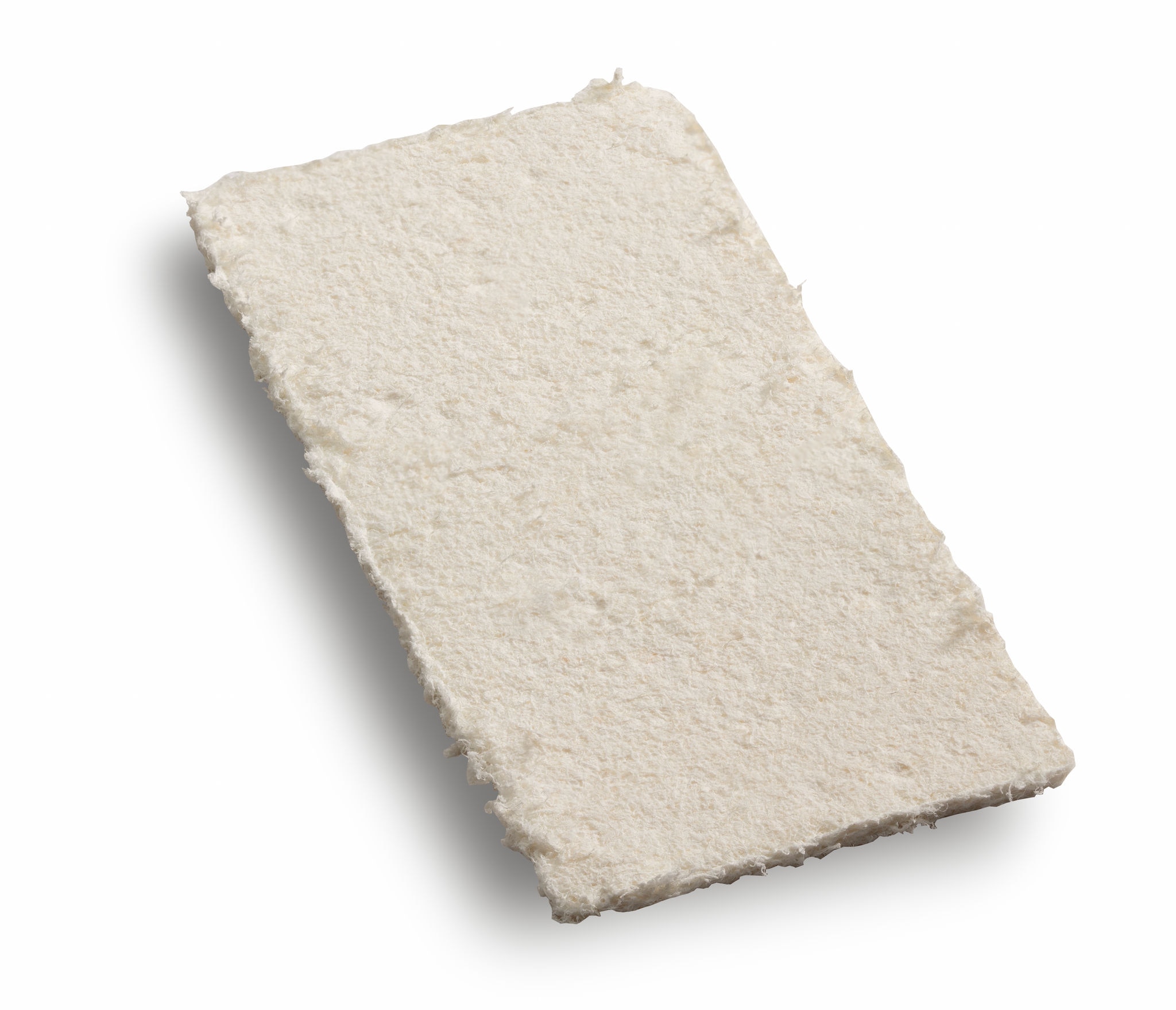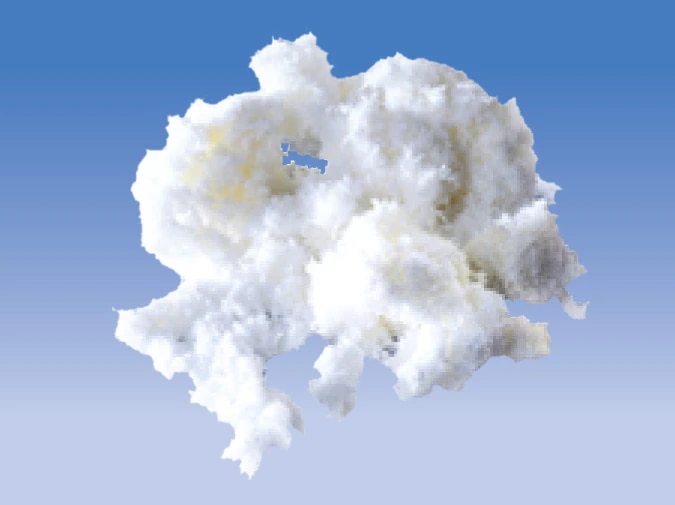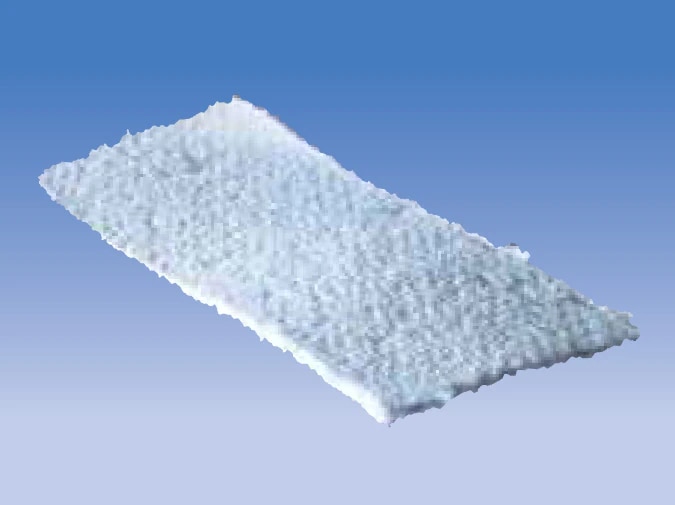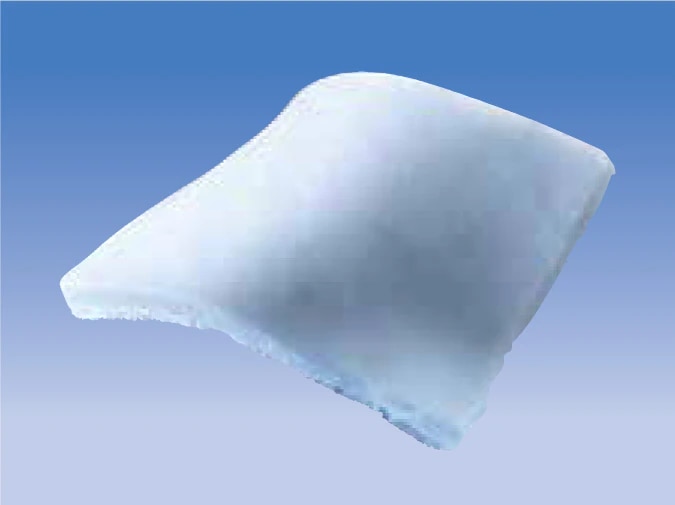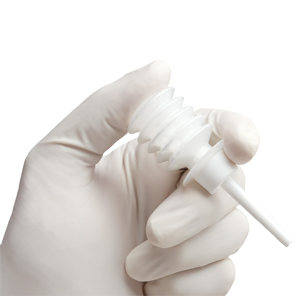References
1. See full Instructions for Use for detailed application instructions
Disclaimers
Not all products, services, claims or features of products may be available or valid in your local area. Please check with your local BD representative.
Please consult product labels and instructions for use for indications, contradictions, hazards, warnings, and precautions.
Indications
Avitene™ (MCH) is used in surgical procedures as an adjunct to hemostasis when control of bleeding by ligature or conventional procedures is ineffective or impractical.
Contraindications
Avitene™ (MCH) should not be used in the closure of skin incisions as it may interfere with the healing of the skin edges. This is due to simple mechanical interposition of dry collagen and not to any intrinsic interference with wound healing.
By filling porosities of cancellous bone, MCH may significantly reduce the bond strength of methylmethacrylate adhesives. MCH should not, therefore, be employed on bone surfaces to which prosthetic materials are to be attached with methylmethacrylate adhesives.
Warnings
Avitene™ (MCH) is inactivated by autoclaving.
Ethylene oxide reacts with bound hydrochloric acid to form ethylene chlorohydrin.
This device has been designed for single use only.
Reuse, reprocessing, resterilization or repackaging may compromise the structural integrity and/or essential material and design characteristics that are critical to the overall performance of the device and may lead to device failure which may result in injury to the patient.
Reuse, reprocessing, resterilization or repackaging may also create a risk of contamination of the device and/ or cause patient infection or cross infection, including, but not limited to, the transmission of infectious diseases from one patient to another.
Contamination of the device may lead to injury, illness or death of the patient or end user.
MCH is not for injection or intraocular use.
Moistening MCH or wetting with saline or thrombin impairs its hemostatic efficacy. It should be used dry. Discard any unused portion. As with any foreign substance, use in contaminated wounds may enhance infection.
Precautions
Only that amount of Avitene™ (MCH) necessary to produce hemostasis should be used. After several minutes, excess material should be removed; this is usually possible without the reinitiation of active bleeding. Any excess Avitene™ (MCH) not removed at the time of surgery may either present itself as a (recurring) mass or a (space occupying) lesion or it may lead to a foreign body reaction that may present with or without clinical signs and symptoms as a recurring mass or lesion or postoperative abscess formation upon imaging. Imaging may initially not be capable of distinguishing the difference. Removal of excess material, ideally performed upon conclusion of the initial procedure, typically resolves all signs and symptoms. Failure to remove excess MCH may result in bowel adhesion or mechanical pressure sufficient to compromise the ureter. In otolaryngological surgery, precautions against aspiration should include removal of all excess dry material and thorough irrigation of the pharynx. MCH contains a low, but detectable, level of intercalated bovine serum protein which reacts immunologically as does beef serum albumin. Increases in anti-BSA titer have been observed following treatment with MCH. About two-thirds of individuals exhibit antibody titers because of ingestion of food products of bovine origin. Intradermal skin tests have occasionally shown a weak positive reaction to BSA or MCH but these have not been correlated with lgG titers to BSA. Tests have failed to demonstrate clinically significant elicitation of antibodies of the lgG class against BSA following MCH therapy. Care should be exercised to avoid spillage on nonbleeding surfaces particularly in abdominal or thoracic viscera. Avitene™ (MCH) should not be used in conjunction with autologous blood salvage circuits, as Avitene™ may pass through the filters of such systems. It has been suggested that fragments of MCH may pass through filters of blood scavenging systems, therefore the reintroduction of blood from operative sites treated with MCH should be avoided. Teratology studies in rats and rabbits have revealed no harm to the animal fetus. There are no well‑controlled studies in pregnant women, therefore, MCH should be used in pregnant women only when clearly needed. Avitene™ non-woven web should not be used as a surface dressing except for immediate control of bleeding. Avoid packing Avitene™ tightly in cavities, especially within the bony enclosure of the CNS or within other relatively rigid cavities where swelling may interfere with normal function or possibly cause necrosis. Avitene™ is not recommended for use in patients sensitive to bovine derived collagen.
Adverse Reactions
The most serious adverse reactions reported which may be related to the use of Avitene™ (MCH) are potentiation of infection including abscess formation, hematoma, wound dehiscence and mediastinitis. Other reported adverse reactions possibly related are adhesion formation, allergic reaction, foreign body reaction and subgaleal seroma (report of a single case). The use of MCH in dental extraction sockets has been reported to increase the incidence of alveolalgia. Transient laryngospasm due to aspiration of dry material has been reported following use of MCH in tonsillectomy.
